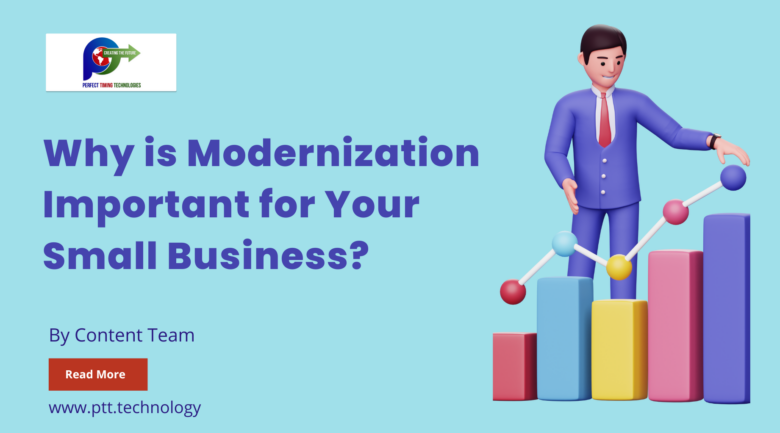
DevOps is a cultural transition wherein businesses bring together development and operations teams and processes. It revolves around new management principles, technology tools and cultural transformation to execute best business practices.
Today, we shall talk about the different phases of the DevOps lifecycle.
How is the DevOps Lifecycle Defined?
The DevOps lifecycle, also known as the DevOps pipeline or DevOps process, is a set of practices and principles that aim to improve collaboration between development and IT operations teams to deliver software and services more efficiently and reliably. It typically consists of several stages or phases, each with its practices and tools.
Different Phases of the DevOps Lifecycle
The DevOps team uses various tools and techniques to automate processes to enhance reliability. The specific stages and their definitions may vary slightly from one organization to another, but here’s a common framework for the DevOps lifecycle:
- Plan: This stage involves defining the goals, requirements, and features of the software or service that needs to be developed by the organization. It also includes setting priorities and timelines and creating a clear roadmap for development.
- Code: In this phase, developers write and review code for the software an organization is developing. They work on new features or bug fixes to ensure that the codebase is built of high quality, maintainable, and follows coding standards. Version control systems like Git are commonly used to manage code changes.
- Build: The build phase of the DevOps lifecycle involves compiling the source code into executable binaries or deployable artefacts. Automated build tools, such as Jenkins, Travis CI, or CircleCI, are used to streamline this process.
- Test: Testing is a crucial part of the DevOps lifecycle. It includes various types of testing, such as unit testing, integration testing, functional testing, and more. Automated testing tools and frameworks help identify and fix issues early in the development process.
- Deploy: The Deployment phase involves taking the tested and approved code and making it available for users. Automation tools like Ansible, Puppet, or Kubernetes can help deploy applications and infrastructure consistently.
- Operate: Once the software gets deployed by the development team, the operations teams monitor and manage it in a production environment. It may include infrastructure management, performance monitoring, security, and scalability of the business operations.
- Monitor and Optimize: Continuous monitoring and feedback are crucial in the DevOps lifecycle. DevOps teams use tools to monitor application performance, track user behaviour, and collect metrics. This data is utilized to identify areas for improvement and optimize the software.
- Feedback and Continuous Improvement: Throughout the DevOps lifecycle, feedback loops are established to capture information from users and stakeholders of the business. This feedback informs further planning, development, and operations, leading to continuous improvement in the software and the development process.
Conclusion
Security is integrated into every phase of the DevOps lifecycle, from design to deployment. Security scanning tools, code analysis, and best practices ensure the software is secure. Additionally, compliance with industry standards and regulations is crucial in the DevOps lifecycle. Compliance checks and audits are integrated into the process.
These stages form a continuous loop, allowing for the software’s rapid development, testing, and deployment while continuously improving its quality. The main goal of DevOps is to break down silos between development and operations teams, automate manual tasks, and accelerate the delivery of the software, all while maintaining high quality and reliability.
Contact us to request expert advice on which IT tools and practices to implement in your core business operations.







